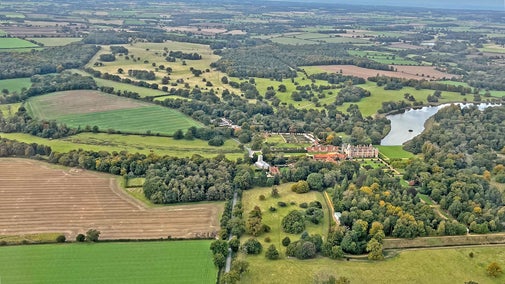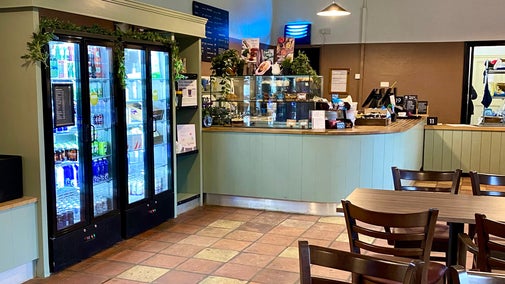Blickling Estate walk
Norfolk
Enjoy a great walk around most of the Blickling Estate's parkland. Visit points of local historical interest including Long Plantation, Great Wood, the Tower, Brickyard and Mausoleum.
Near to
Blickling EstateStart point
Blickling main car park, grid ref: TG178286Trail information
Great for families
This walk is ideal for adventurer families, but unfortunately it's not suitable for pushchairs.
More near here
Blickling Estate multi-use trail
Tour the Blickling Estate by bike, wheelchair, with a pushchair or on foot, via this all-weather hard-surface footpath, with historic buildings and woodland along the way.

Blickling mausoleum walk
This historical scenic stroll through woods and open land at Blickling Park leads you to its striking Mausoleum. Look out for barn owls along the way.

Blickling Ranger Run
Enjoy sweeping views of the Jacobean mansion at Blickling, surrounded by 4,600 acres of parkland, woods and fields, on this invigorating trail run.

Get in touch
Our partners

We’ve partnered with Cotswold Outdoor to help everyone make the most of their time outdoors in the places we care for.
You might also be interested in
Blickling Estate
One day is never enough. Discover a complete Norfolk estate with something for everyone.

Explore the wider Blickling Estate
There's much more to Blickling Estate than its famous house. Covering 4,600 acres with 950 acres of woodland and parkland and 3,500 acres of farmland, Blickling Estate is great for exploring alone, with family or your four-legged friends.

Eating and shopping at Blickling Estate
Offering delicious, locally sourced and produced food, stop at one of the cafés, browse in the shop or grab a bargain in the second-hand bookshop.

Bringing your dog to Blickling Estate
Blickling is a three pawprint rated place. The parkland is the perfect place to take your dog for a walk. Read our guide on how to make the most of your visit together.

Cycling at Blickling Estate
With bikes for all ages to hire, including electric, children's trailers and balance bikes, the whole family can enjoy exploring Blickling’s parkland on two wheels.

How to stay warm on a winter walk
Don’t let the cold weather put you off exploring winter landscapes and getting out into the crisp air. Keep warm on your next winter walk with these top tips and kit ideas.

Cotswold Outdoor: our exclusive walking partner
Learn about the National Trust’s ongoing partnership with Cotswold Outdoor. Find out how they help us care for precious places and the exclusive discount available for National Trust supporters.




